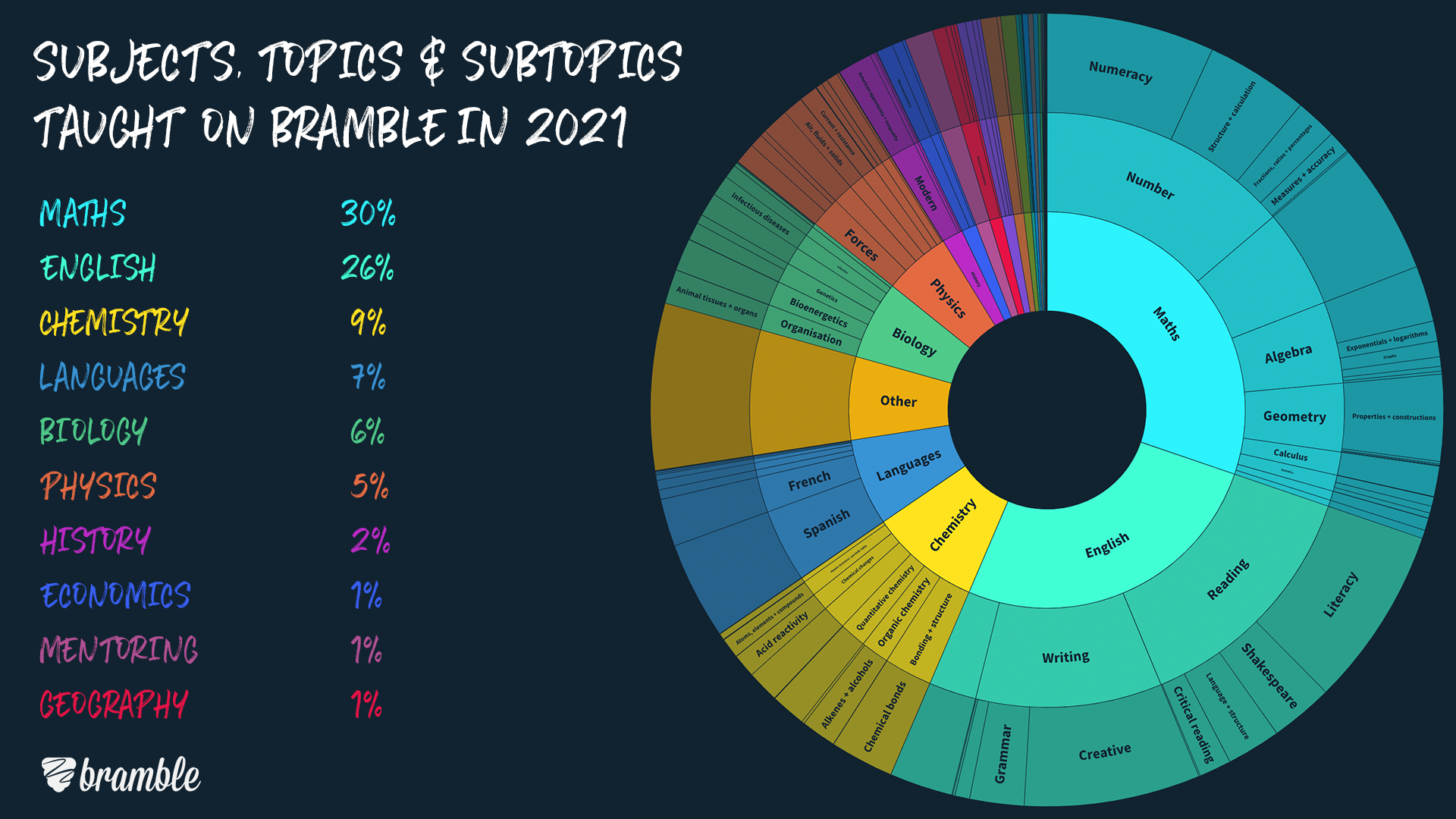Understanding the Challenges: Why Students Find Data Difficult and How Tutoring Helps
Stats presents countless obstacles for pupils. The details of foundational concepts, coupled with intricate terms, commonly lead to misunderstandings. False impressions can originate from cognitive prejudices, especially in differentiating correlation from causation. Personalized tutoring becomes a viable solution, using tailored guideline that addresses individual learning requirements. As students browse these difficulties, they may discover that the right support can change their understanding and attitude in the direction of the topic. What various other advantages might this strategy offer?
The Complexity of Analytical Ideas
Statistical ideas are vital for information evaluation, their complexity usually positions considerable obstacles for students. Many trainees battle to grasp foundational ideas such as probability, distributions, and theory testing. These ideas need not just mathematical skills yet also an understanding of their real-world applications, which can be abstract and unintuitive. The usage of lingo and technological language further complicates the discovering process, making it hard for students to connect concept with technique. Additionally, the interplay between different analytical approaches can result in complication, particularly when establishing the ideal strategy for an offered dataset. As students try to browse these complex ideas, they may end up being overloaded, resulting in irritation and disengagement. This intricacy requires efficient mentor methods and supportive sources, such as tutoring, to aid pupils construct self-confidence and attain a much deeper understanding of data. Recognizing these obstacles is the very first step toward assisting in far better instructional results in the area.
Obstacles in Information Analysis
Data analysis provides considerable challenges that can impede accurate analysis and decision-making. Trainees often battle to attract meaningful conclusions from information because of a lack of knowledge with numerous analytical approaches and devices. False impression can arise from the frustrating amount of information, bring about complication concerning which metrics matter. Additionally, cognitive prejudices may cloud judgment, creating pupils to prefer information that verifies pre-existing beliefs instead of reviewing info objectively.
An additional challenge depends on distinguishing correlation from causation, an important concept that can alter understanding of relationships within information collections. Additionally, the aesthetic representation of information, such as graphs and charts, can often deceive otherwise interpreted properly, resulting in unreliable conclusions. These barriers underscore the value of creating solid data interpretation skills, as they are important for making notified choices in both real-world and scholastic contexts. Reliable tutoring can offer the support required to get rid of these hurdles and foster greater comprehension.
The Function of Likelihood in Data
Exactly how does likelihood shape the structure of statistical analysis? Chance works as an important tool in stats, enabling scientists to make reasonings regarding populaces based upon example information. By measuring unpredictability, probability makes it possible for statisticians to approximate the probability of various end results, helping with decision-making processes. Possibility distributions, such as the typical circulation, offer vital structures for understanding data behavior and variability.
Concepts like theory testing count greatly on chance to figure out the importance of results. This interaction in between possibility and data aids in assessing the legitimacy of insurance claims and assisting further study. Comprehending possibility is important for translating statistical outcomes precisely, as it assists to contextualize findings within their more comprehensive unpredictability. Subsequently, a strong grasp of likelihood concepts furnishes students with the analytical abilities needed to tackle intricate statistical challenges, promoting an extra profound understanding of the topic
Common Misconceptions Regarding Data
What are some common misunderstandings that often cloud the understanding of stats? Several individuals incorrectly believe that statistics just includes numbers, overlooking its conceptual foundations. Some assume that a little example size can generate trustworthy conclusions, ignoring the relevance of representative data. One more common misconception is the belief that connection indicates causation, resulting in incorrect analyses of relationships in between variables. Additionally, numerous trainees believe that stats is exclusively regarding calculations instead than identifying its role in information analysis and decision-making. Others may see stats as an inflexible discipline, stopping working to appreciate its adaptability in various contexts. Misconceptions regarding analytical relevance, such as relating it with functional importance, additionally add to complication. These misunderstandings can impede trainees' capability to understand statistical principles successfully, commonly resulting in irritation and stress and anxiety when engaging with the subject. Resolving these misunderstandings is necessary for cultivating a much more extensive understanding of statistics.
The Advantages of Personalized Tutoring
Customized coaching deals considerable advantages for trainees battling with stats, as it tailors direction to individual understanding styles and demands. This personalized method allows tutors to recognize specific areas of trouble and adapt their teaching methods accordingly. By concentrating on the unique difficulties each student deals with, tailored tutoring promotes much deeper understanding and retention of statistical ideas.
One-on-one interaction supplies pupils with the possibility to ask concerns freely and get immediate feedback, enhancing learning efficiency. Individualized tutoring also helps build confidence, as pupils development at their very own rate without the stress of a class atmosphere.

Regularly Asked Concerns
What Previous Knowledge Is Needed Prior To Examining Stats?
Anticipation in fundamental maths, including algebra and arithmetic, is essential prior to studying statistics. Knowledge with ideas such as data, variables, and features interpretation significantly enhances comprehension and application of statistical principles in real-world situations.
Exactly How Does Innovation Effect Knowing Stats?
Innovation enhances discovering data by offering interactive tools, simulations, and visualizations that clarify concepts. On the internet systems make it possible for collaborative discovering and accessibility to resources, cultivating a much deeper understanding of analytical approaches and motivating involvement amongst trainees.
Exist Particular Research Study Strategies for Mastering Data?
Effective study techniques for mastering statistics consist of energetic method with analytic, utilizing visual help, developing research teams for collaborative understanding, and applying real-world instances to enhance understanding and retention of analytical ideas.
What Professions Require Strong Statistical Skills?
Professions requiring strong analytical abilities consist of data analyst, statistician, actuary, market scientist, and epidemiologist. These careers take advantage of analytical methods to interpret data, notify decisions, and address intricate troubles throughout different sectors, improving overall analytical capabilities.
Just How Can Group Research Procedure Assist With Stats?
Group research study sessions improve understanding of statistics by promoting joint analytical, enabling varied point of views on complex principles, and cultivating a helpful atmosphere where students can make clear doubts and strengthen discovering through discussion and shared sources. Statistics Tutoring.
